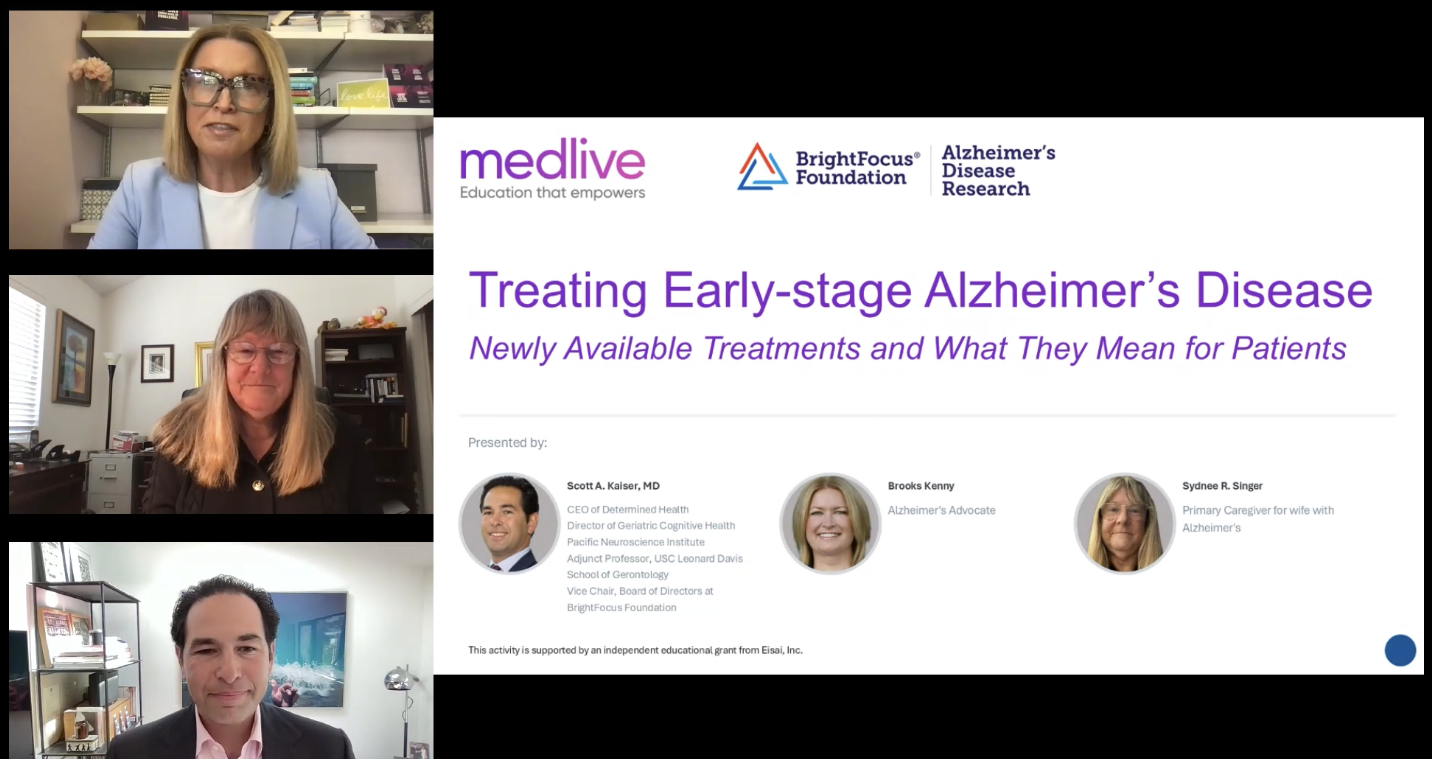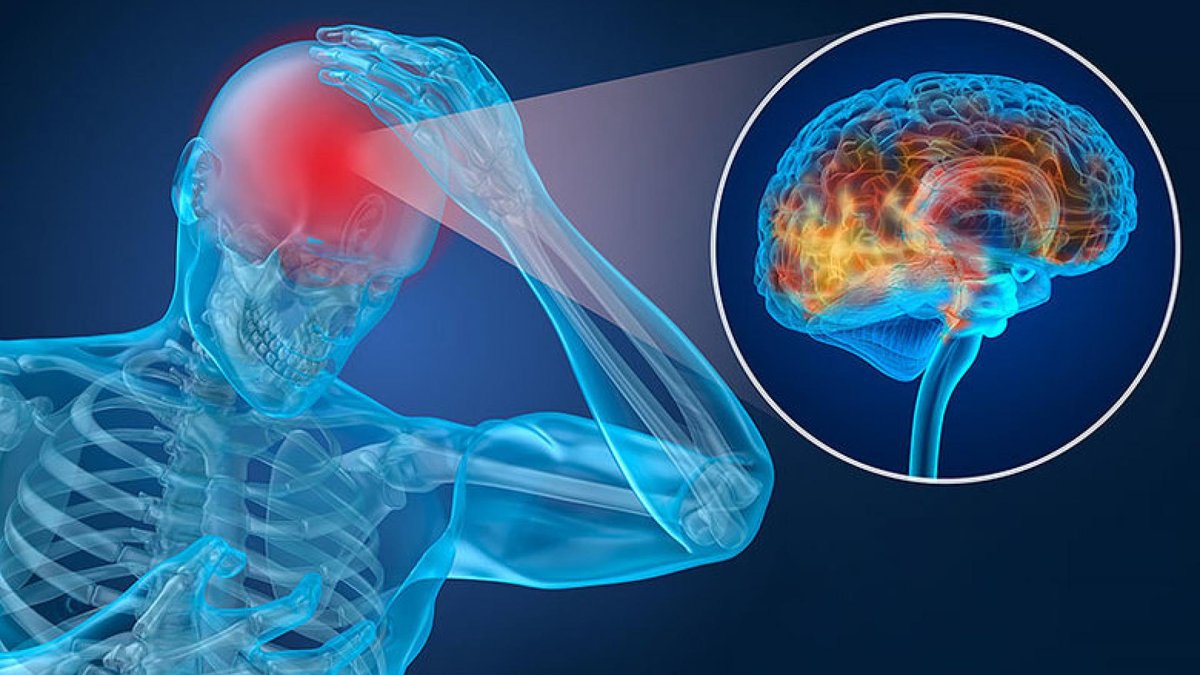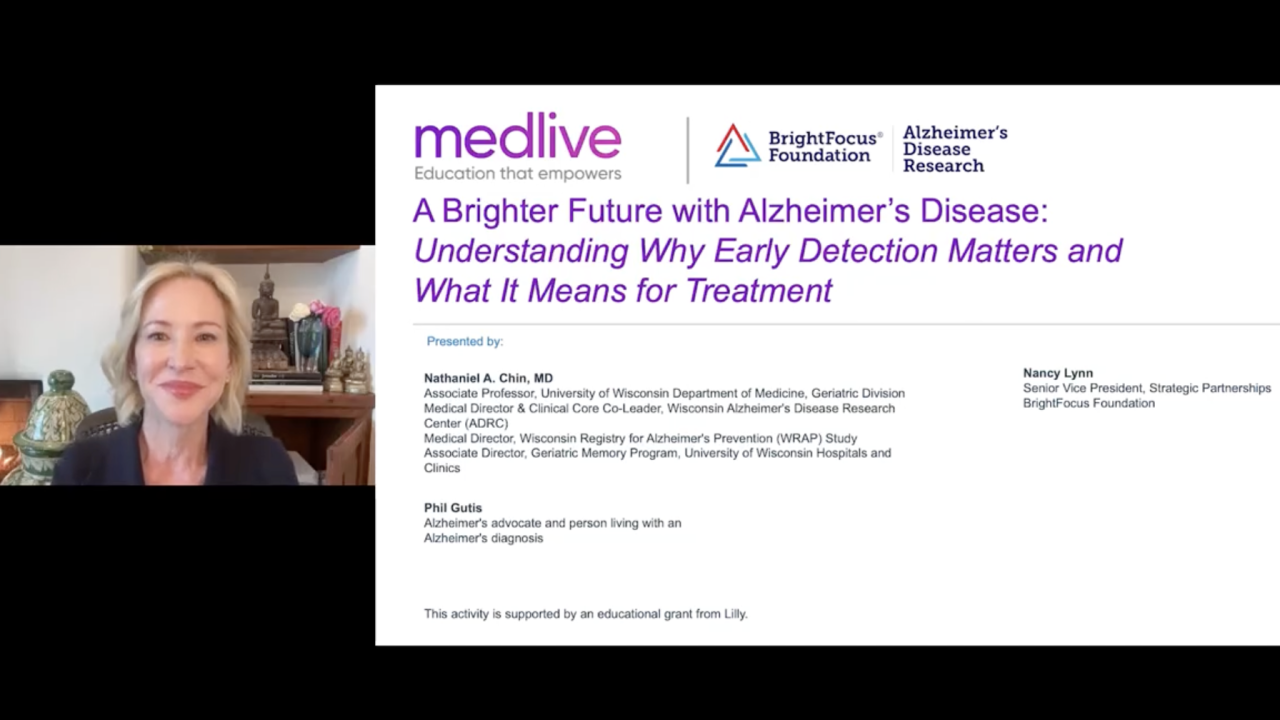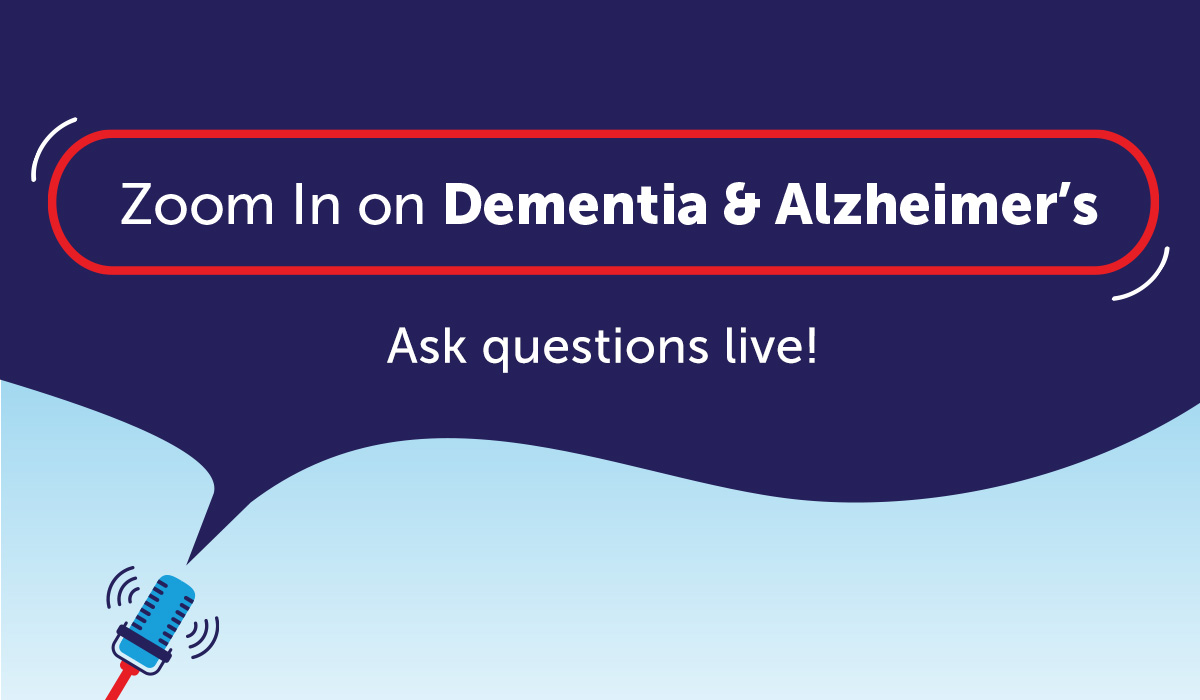
It is believed that up to 60 percent of persons with Alzheimer’s will wander at least once during the course of their disease, and many will wander multiple times.
There are many ways to lessen the risk of wandering, from a low tech STOP sign placed over the exit doors, to the higher tech Wander Guard devices often used in facilities to alert staff to an elopement. Over the years we’ve gotten smarter about wandering prevention, and developed more safety methods and resources. Still, due to the nature of the disease and how it changes the brain, it continues to happen—many people with Alzheimer’s wander, and too many get lost.
When that happens, what should we do?
When a Loved One is Missing—Don’t Wait
Perhaps the most important piece of advice for someone whose loved one has wandered away and is missing, “Don’t wait to call law enforcement and activate emergency response systems. The longer you wait, the longer it takes to find them,” says Chris Young of the Contra Costa County Sheriff Search and Rescue (SAR) Team, and the National Association for Search and Rescue (NASAR). Mr. Young, also an instructor trainer for the Managing the Lost Person Incident (MLPI) and an Urban Search Management Instructor, says that once they receive a report of a missing person with dementia or Alzheimer’s, the first thing the search manager does is contact the reporting party. The reporting party, i.e., caregiver, family or friend, needs to provide “basic info right up front.”
Searching Data—Basic Info Needed Before the Search Starts
This basic information, called “searching data” includes:
- description of clothing worn at the time they wandered away
- height and weight
- all languages spoken—primary and secondary
- distinguishing characteristics—physical as well as personality
- distinguishing things to help pick them out of a crowd—such as a hat with a Teamsters logo, or a t-shirt with a baseball logo
- medical condition(s)
- list of medications—and when they took their last dose
- recent photo—more than one photo is even better
- any recent history of wandering
- all names ever used—including nicknames and pet names
- a scent article—for hounds to use for providing direction
Mr. Young says that gathering good intelligence data from a caregiver can take up to two hours, and can go back 15 years in a person’s history, to include old addresses. Planners look for a collection of symptoms, clues into a person’s recent behavior, and will want to know what they had been talking about, whether they had seemed fearful, frustrated, were looking for food, or trying to meet some obligation from the past, such as getting “home” to see their mother, or getting to a meeting at a job—a job that may have ended two decades earlier.
“Keep good medical records,” says Mr. Young. This includes a list of diagnoses, a current list of medications, and knowing when they took their last dose of each medication. The search team needs to know this so they can anticipate what changes the person might be going through when missing their regular dose.
Technology Can Help
While prevention technology is not fool proof, there are technologies available that greatly reduce the “find time” of one who has wandered and is missing. One such program is the Project Lifesaver program, which in recent years has become more available throughout the U.S. A person who is registered with the program and wearing the tracking device can be found much faster than one without it. Project Lifesaver statistics from the June 2015 – October 2018 period show that the program located 274 persons with Alzheimer’s or other dementia. The find times ranged from three minutes to over five hours. More detailed information on Project Lifesaver can be found at http://www.projectlifesaver.org/.
Lastly, with resources and technology constantly evolving, be sure to check with your local Area Agency on Aging and/or your county Social Services Department to identify specific resources in your community.
About BrightFocus Foundation
BrightFocus Foundation is a premier global nonprofit funder of research to defeat Alzheimer’s, macular degeneration, and glaucoma. Through its flagship research programs — Alzheimer’s Disease Research, Macular Degeneration Research, and National Glaucoma Research— the Foundation has awarded nearly $300 million in groundbreaking research funding over the past 51 years and shares the latest research findings, expert information, and resources to empower the millions impacted by these devastating diseases. Learn more at brightfocus.org.
Disclaimer: The information provided here is a public service of BrightFocus Foundation and is not intended to constitute medical advice. Please consult your physician for personalized medical, dietary, and/or exercise advice. Any medications or supplements should only be taken under medical supervision. BrightFocus Foundation does not endorse any medical products or therapies.










